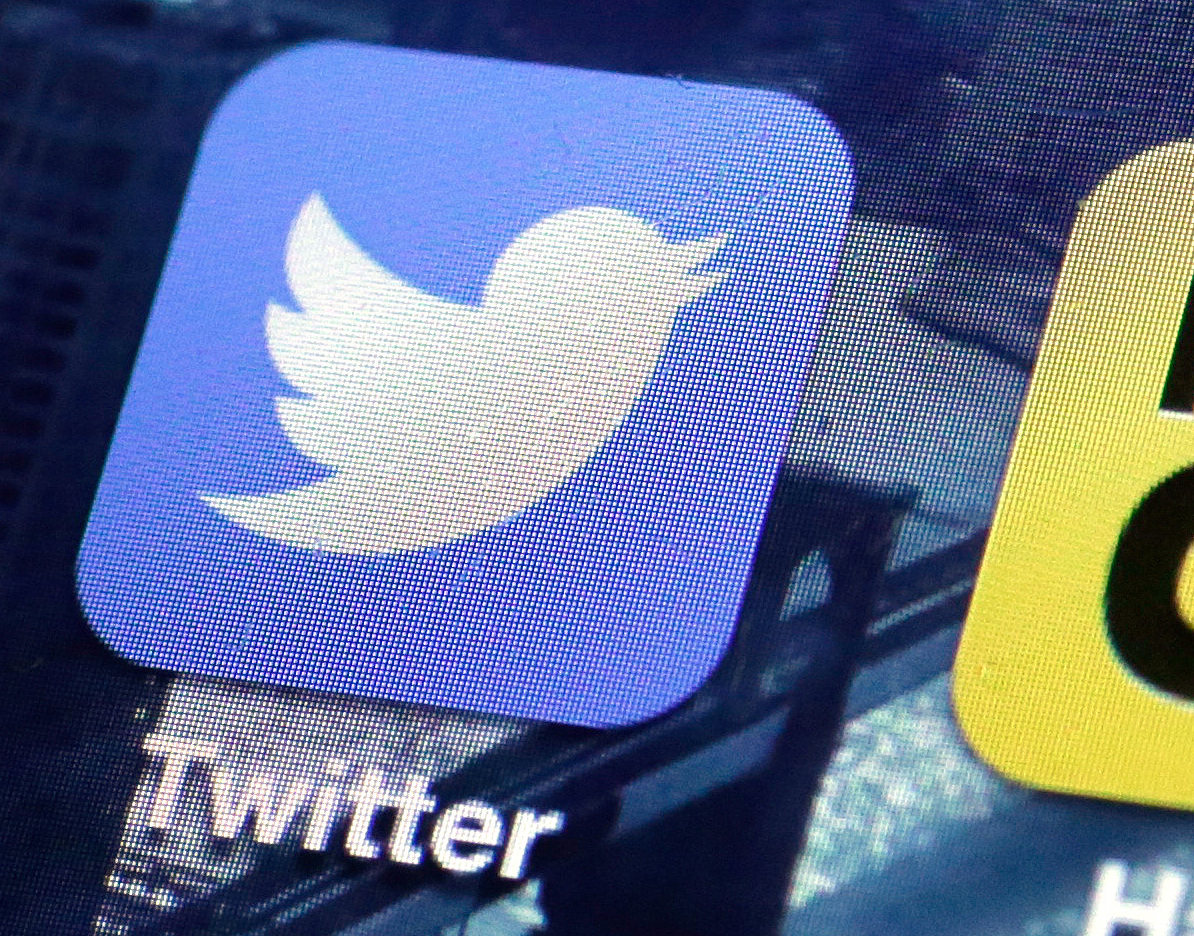Gendered harassment online doesn’t stop at GamerGate, but it can stop with the social media platforms on which it occurs. As a recent Pew report found, women are disproportionately targeted with the most severe forms of harassment and abuse online, and a full quarter of young women polled said they have experienced some form of sexual harassment. Women of color, queer women, trans women and fat women are especially vulnerable to attack. And, as anyone who has been trolled knows, getting the attention of Twitter or Facebook to address such abuse can often seem (and actually be) futile.
That’s why one feminist organization is going straight to the source to put a stop to gendered online harassment once and for all. In an unprecedented partnership, the group Women, Action & the Media has partnered with Twitter to assist women who seek to stop Internet attacks, starting with a pilot project that encourages Twitter users to report harassment via a simple form:
WAM! will escalate validated reports to Twitter and track Twitter’s responses to different kinds of gendered harassment. At the end of the pilot test period, WAM! will analyze the data collected and use it to work with Twitter to better understand how gendered harassment intersects with other types of harassment, how those attacks function on their platform, and to improve Twitter’s responses to it.
The form includes information about specific types of abuse (for example, whether someone is sending violent threats directly or encouraging others to participate in harassment, or any of several other categories of problematic behavior), as well as information about who is perpetrating the abuse and where it is happening (on a certain social media platform, on several social media platforms, etc). WAM! hopes the information will allow Twitter and other social media services to identify common forms of gendered harassment, which sorts of abuses the site handles well and where improvements must be made.
So, if you have experienced or are experiencing gendered abuse on Twitter (or elsewhere on social media), don’t just rely on the “block” button. Fill out WAM!’s handy form and let’s start trying to make change together.

